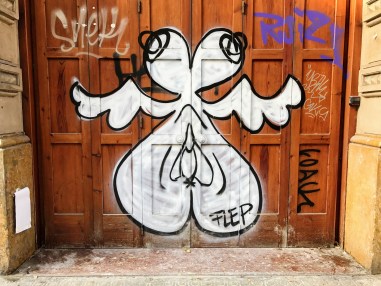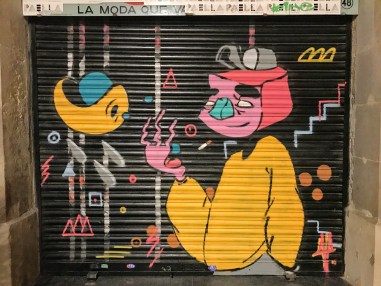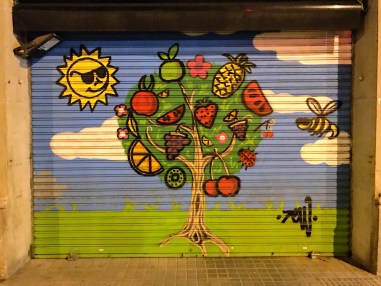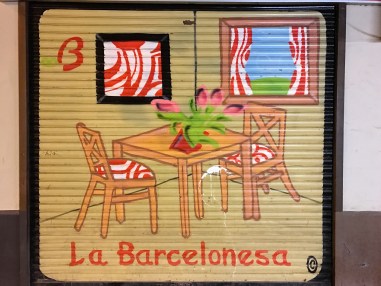 One thing I’m going to try this year is to write a review of every book I get a chance to read. It’s March already so I’m a bit behind and the next few will be out of order, but this seems like as good a place to start as any.
One thing I’m going to try this year is to write a review of every book I get a chance to read. It’s March already so I’m a bit behind and the next few will be out of order, but this seems like as good a place to start as any.
One new thing I’ve been doing this year is listening to audiobooks with an Audible account, so this first book review is actually an audiobook. Great Courses is actually an old school thing where you could order college lectures on tape. From the references throughout the lectures I listened to, my guess is that the recordings are from the 90s. This one is called From Plato to Post-modernism: Understanding the Essence of Literature and the Role of the Author ($25 on Audible, $9.99 on cassette tape ūüôÉ).
I really enjoyed this series. Some of the early lectures covering Aristotle, Longinus, and Sidney’s “Apology for Poetry” were quite brilliant. Later ones from Foucault¬†and Derrida on were weaker and harder to follow, which I think is a function of both the material, which can be dense when it starts getting into Modernism, the length, fixed at 30 minutes, and the lecturer, Louis Markos.¬†Markos teaches at Houston Baptist University and his asides can sometimes be a little traditional,¬†but in an adorable grandpa way. He has an infectious enthusiasm that makes even the slower chapters on Kant and¬†Schiller bearable, but his love of and fluency in the earlier classics is really a pleasure.
It made me curious to look into more online lectures and sometime this year I’m going to check out this one on Value Theory at Khan academy. I also picked up a used copy of Critical Theory Since Plato which had the original text for many things discussed in the lecture, so was a great reference point when I was at home in Houston, where I end up listening to most audio content since it’s a driving town.


































